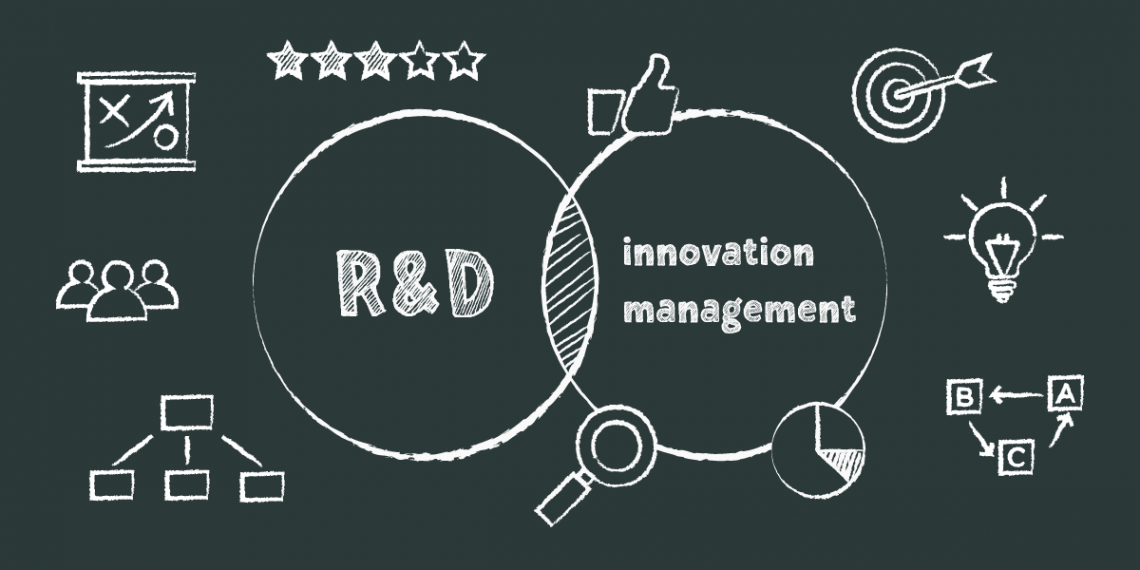By the time most companies realize their new product isn’t working, it’s already too late. The shelves are stocked, the marketing budget is burned through, and the post-launch dashboards are bleeding red with underwhelming sales and engagement metrics. Behind those numbers lies a painful truth: around 70% of all new products fail within their first year. But the real story is even more unsettling — the majority of those products should never have been launched in the first place. They were built on assumptions, rushed through development pipelines, and green-lit more out of habit than strategy.
The Illusion of Innovation
Modern companies have fallen in love with the appearance of innovation. The word itself has become a badge of progress, a mandatory line in every annual report and investor presentation. In this race to seem forward-thinking, businesses have adopted a simple but dangerous equation: more launches equal more innovation. The logic feels sound — if you flood the market with ideas, one of them is bound to stick. Yet reality proves the opposite. Too many launches dilute brand focus, overwhelm customers, and strain internal teams who are left maintaining a crowded, incoherent product portfolio.
This phenomenon is what some experts call innovation theater — a performance designed to showcase creativity without actually moving the business forward. Teams brainstorm endlessly, produce prototypes at record speed, and celebrate every launch as a victory. But few stop to ask the most critical question in innovation: Should we build this at all? The obsession with velocity replaces validation. The process rewards activity, not accuracy. And as a result, the innovation pipeline becomes a treadmill — fast, exhausting, and going nowhere new.
Why So Many Ideas Go Wrong
Behind every failed product lies a predictable cocktail of organizational pressures. There’s the executive demand to “show innovation,” the marketing fear of missing a trend, and the misplaced faith in partial data that seems to confirm what leaders already want to believe. But at the root of it all is culture — a culture that celebrates starting far more than stopping.
Teams often fall in love with their ideas too early. Once internal excitement builds, logic takes a back seat to momentum. Market testing becomes a box-ticking exercise. And by the time the first warning signs appear — confused customers, hesitant distributors, or flat pilot sales — the emotional and financial investment is too high to turn back. Companies label the failure as a lesson, pat themselves on the back for “failing fast,” and move on to the next idea. Yet the real discipline of innovation isn’t about failing fast; it’s about filtering faster.
The world’s best innovators share one habit in common: they say “no” far more often than they say “yes.” They treat every idea as guilty until proven viable. They test not just for market fit, but for strategic fit — asking whether the product strengthens the brand, leverages existing capabilities, and aligns with long-term value creation.
Building Fewer, Smarter Products
The fix isn’t about slowing down innovation — it’s about getting smarter about where to invest it. Success in modern product development comes from redefining what progress looks like. Instead of counting the number of launches, high-performing organizations measure learning velocity — how fast they can generate, test, and act on insights before committing serious resources.
This is where AI and data analytics have become game-changers. They allow companies to run thousands of virtual experiments before a single prototype is made, predicting potential demand, pricing elasticity, and even cannibalization within existing portfolios. Combined with human intuition — the marketer’s sense of cultural timing, the designer’s empathy for the user — these tools turn innovation into a science informed by art.
Leaders who embrace this approach are building leaner, more intelligent innovation systems. They don’t chase every shiny new idea. Instead, they nurture a smaller set of high-potential concepts and give them the attention, time, and cross-functional alignment they deserve. They view “not launching” as a success when it means saving millions on products that would have failed quietly later. In short, they innovate with intention.
The New Measure of Success
The future of innovation won’t be measured by how many ideas a company can generate, but by how precisely it can execute the right ones. The businesses that will dominate the next decade are those that know how to balance bold creativity with strategic restraint. They’ll invest where it matters, say no to distractions, and align every new product with a clear “why.”
In this new landscape, focus itself becomes a form of innovation. It allows companies to channel their energy into fewer, more meaningful launches that stand out in crowded markets. It forces clarity — not just about what customers want, but about what the company truly stands for.
When innovation becomes intentional, not impulsive, success stops being a gamble. It becomes a discipline — a carefully designed process where every launch is a statement of purpose, not a roll of the dice. And that’s how we move beyond the 70% failure myth — by realizing that the bravest thing an innovator can do isn’t to build more, but to choose better.






